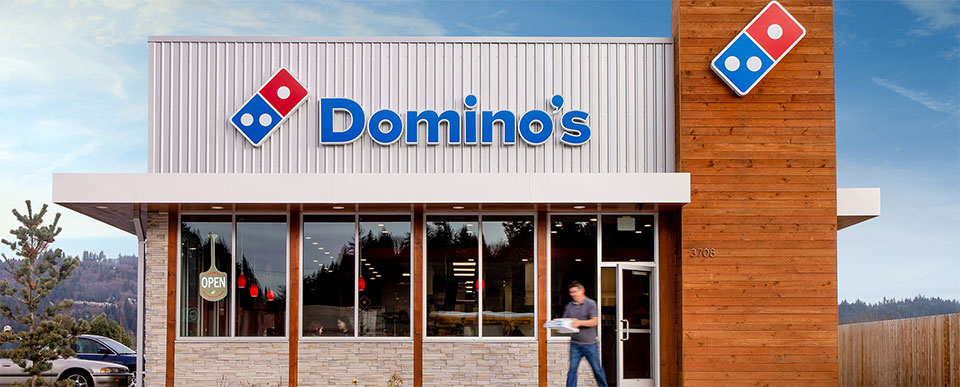- Earnings Per Share (EPS) is expected to rise by 15.1% to $4.12, indicating significant growth.
- Projected revenue growth of 3.3% year-over-year, reaching approximately $1.12 billion.
- Domino’s has a history of exceeding earnings expectations, with an average earnings beat of 6.8% in three of the last four quarters.
Domino’s Pizza, Inc. (NASDAQ:DPZ) is a leading player in the global pizza delivery and carryout market. Known for its innovative approach, Domino’s has been expanding its unit count and enhancing its digital capabilities to drive growth. The company faces competition from other pizza chains like Pizza Hut and Papa John’s, but it continues to maintain a strong market presence.
On April 28, 2025, Domino’s is set to release its quarterly earnings, with Wall Street analysts estimating an earnings per share (EPS) of $4.12. This represents a 15.1% increase compared to the same quarter last year, as highlighted by the Zacks Consensus Estimate. The revenue for this period is projected to be approximately $1.12 billion, marking a 3.3% growth from the previous year’s figures.
Domino’s has a history of exceeding earnings expectations, having surpassed estimates in three of the last four quarters with an average earnings beat of 6.8%. However, in the previous quarter, the company fell short of the Zacks Consensus Estimate by 0.8%. The upcoming earnings report could influence the stock’s near-term price, especially if the results exceed expectations.
The company’s financial metrics provide insight into its market valuation. Domino’s has a price-to-earnings (P/E) ratio of approximately 28.95 and a price-to-sales ratio of about 3.56. The enterprise value to sales ratio is around 4.62, while the enterprise value to operating cash flow ratio is approximately 34.80. These figures indicate how the market values Domino’s sales and cash flow.
Domino’s financial health is also reflected in its debt-to-equity ratio of -1.31, suggesting a higher level of debt compared to its equity. The current ratio of 0.56 indicates its ability to cover short-term liabilities with short-term assets. As the company continues to expand and digitize, these financial metrics will be crucial in assessing its long-term growth potential.




